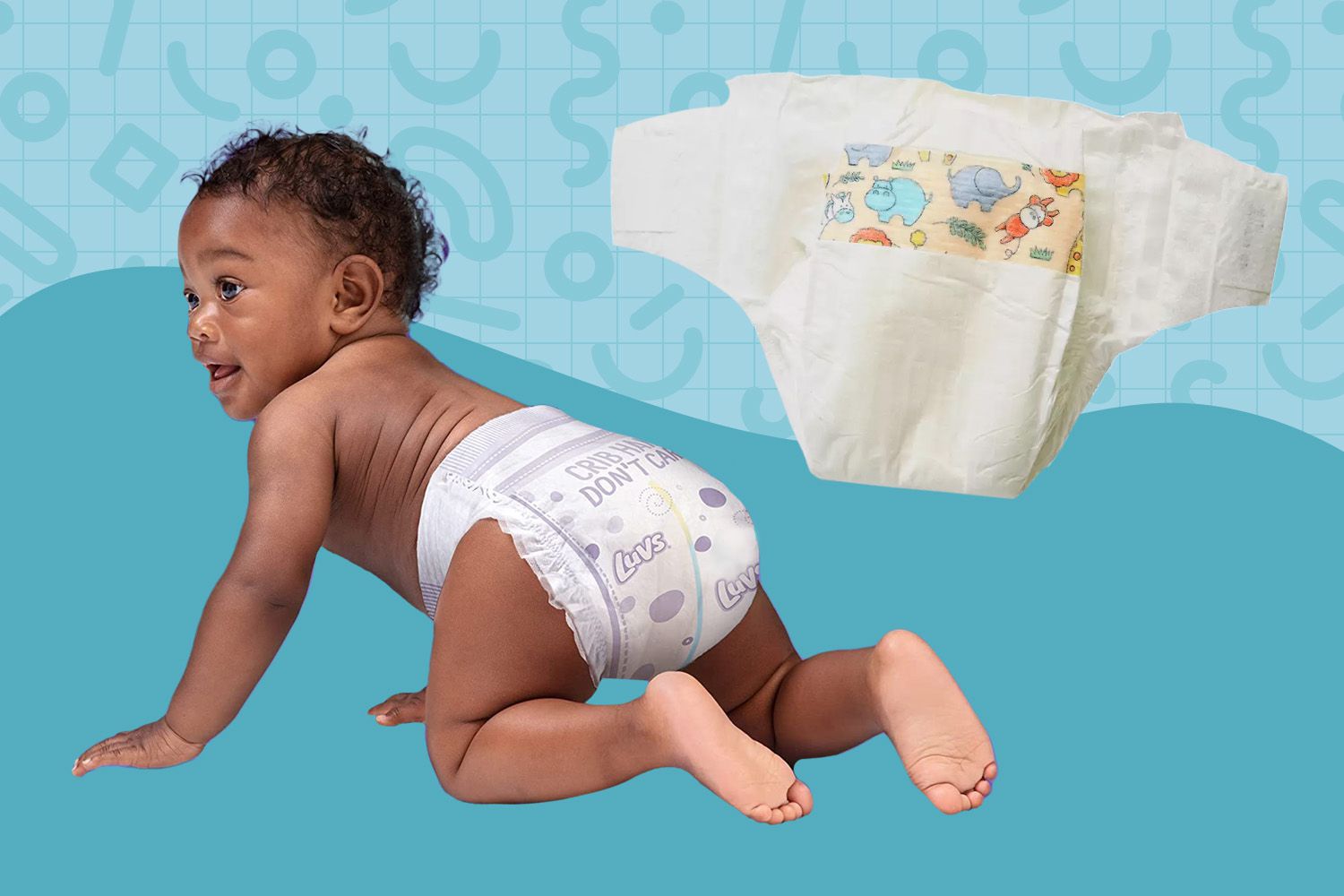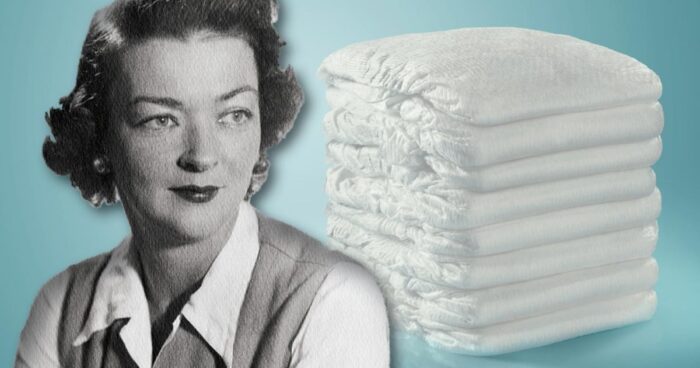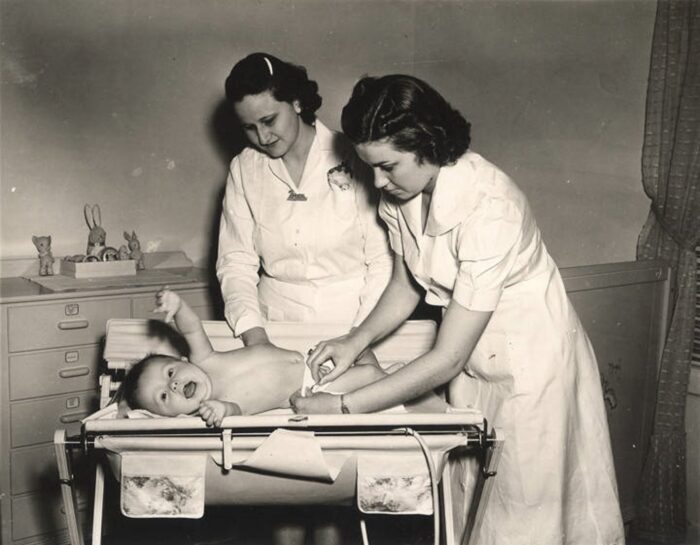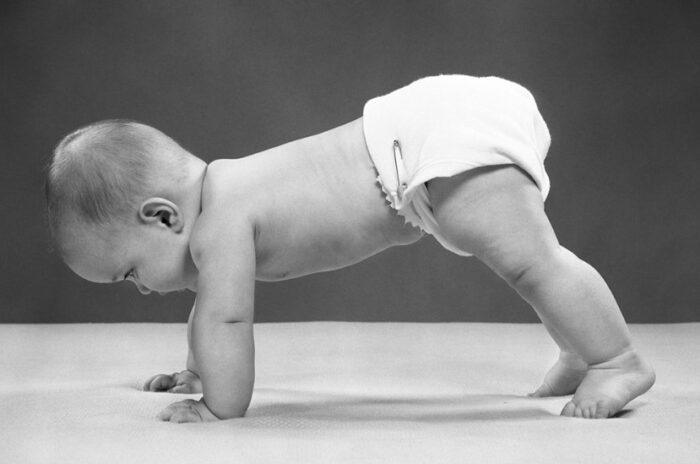
Diapers are an essential item for modern parents, allowing for the comfort and cleanliness of their infants. However, diapers have a long and complex history that dates back centuries. In this article, we will explore the invention of diapers, from the earliest recorded uses of linen wraps to the modern disposable diaper we know today.
Diapers Originated in Egypt
The earliest recorded use of diapers dates back to ancient Egypt, where linen wraps were used to swaddle infants. These wraps would be tied in place with a knot or a pin, and they were typically changed every few hours. As time went on, other cultures developed their own variations of the diaper, including leather wraps in some African societies and the use of moss in Scandinavian countries.
In Europe, the use of swaddling clothes became popular in the Middle Ages. These clothes were made from linen and would be wrapped around the infant’s body, with the ends tucked between their legs to form a makeshift diaper. They were usually held in place by pins or by being tied in a knot. During this time, the concept of changing diapers more frequently was not yet established, and infants would often spend long periods of time in a soiled diaper.
The First Patented Diaper

It wasn’t until the 19th century that the first recognizable diaper was invented. In 1837, a Frenchman named Jean Francois Leclerc patented a diaper made from an absorbent material that was held in place with a string. However, these diapers were not yet widely used, as they were expensive and difficult to obtain.
In the United States, the first patent for a disposable diaper was filed in 1946 by a housewife named Marion Donovan. Donovan’s design featured a waterproof diaper cover made from shower curtain material, which could be reused multiple times with the addition of an absorbent pad. This design was an improvement over previous cloth diapers, as it could be washed and reused, reducing the need for constant diaper changes.
However, Donovan’s design was not initially successful, and she struggled to find a company to manufacture her invention. It wasn’t until 1951 that she was able to secure a patent for her design, which she sold to a company called Keko Corporation. Keko later sold the design to Procter & Gamble, which used it as the basis for their disposable diaper, Pampers.
Sold Publicly in 1961

Pampers were introduced to the market in 1961, and they quickly gained popularity among American parents. They were more convenient than cloth diapers, as they could be thrown away after use, and they were also more absorbent, which meant fewer leaks and fewer diaper changes. By the end of the 1960s, disposable diapers had become the norm for most American parents.
In the decades since disposable diapers have continued to evolve and improve. They now come in a range of sizes and styles, with features like elastic leg cuffs and adhesive tabs to keep them in place. They are also designed to be more breathable and comfortable for babies, with materials that wick away moisture and reduce the risk of diaper rash.
However, the environmental impact of disposable diapers has become a growing concern in recent years. It’s estimated that over 20 billion diapers are discarded in the United States every year, and they can take hundreds of years to decompose. In response to this, many parents are turning to eco-friendly diapers made from biodegradable materials like bamboo and cotton. These diapers are designed to break down more quickly and have a smaller environmental impact than traditional disposable diapers.

Summary
In summary, the invention of diapers has come a long way since the linen wraps of ancient Egypt. From the leather wraps of Africa to the modern disposable diaper, the evolution of diapers has been shaped by the needs and desires of parents throughout history.
While disposable diapers have brought convenience to many parents, their impact on the environment is a growing concern. However, with the rise of eco-friendly diaper options and a movement towards more sustainable practices, parents have more choices than ever before. As the needs and desires of parents continue to evolve, so too will the invention of diapers.








